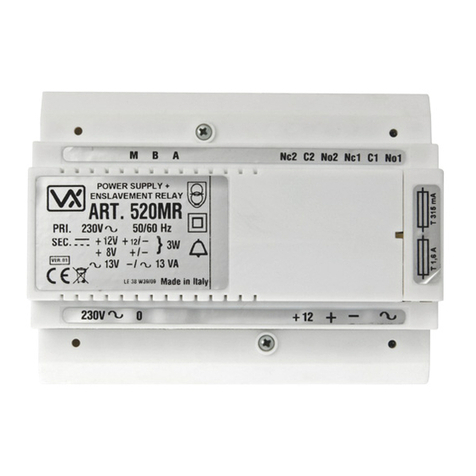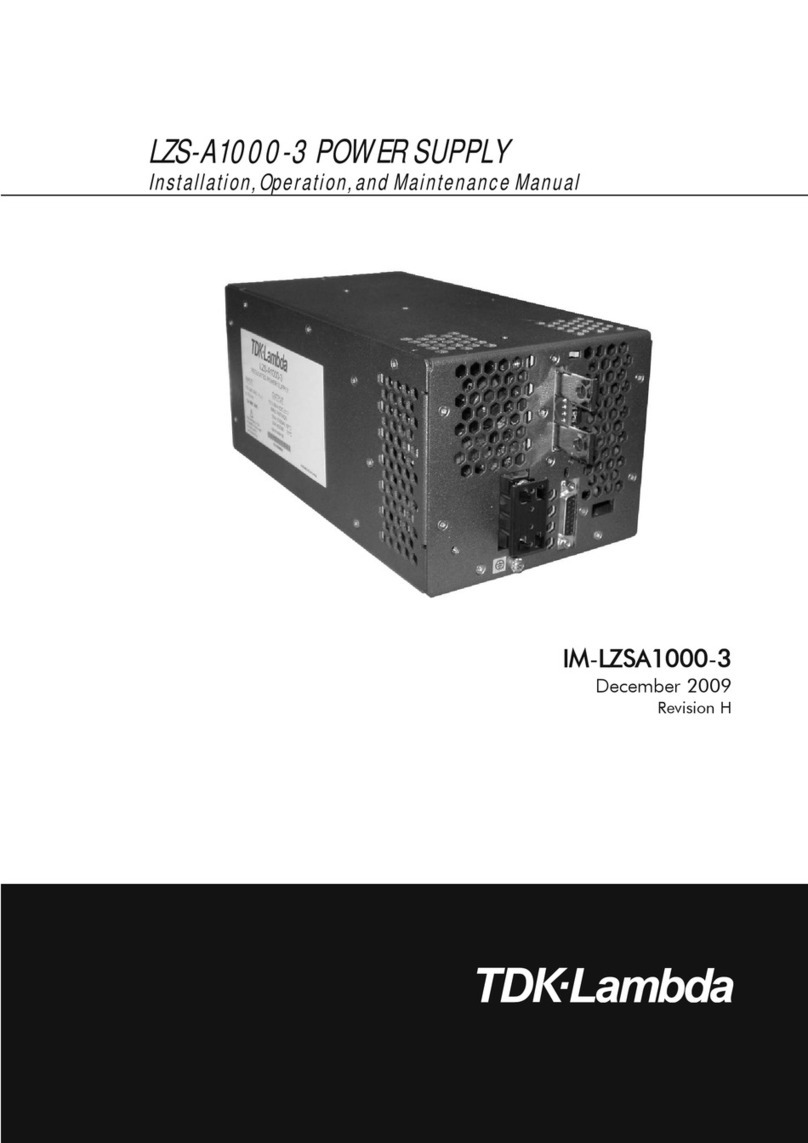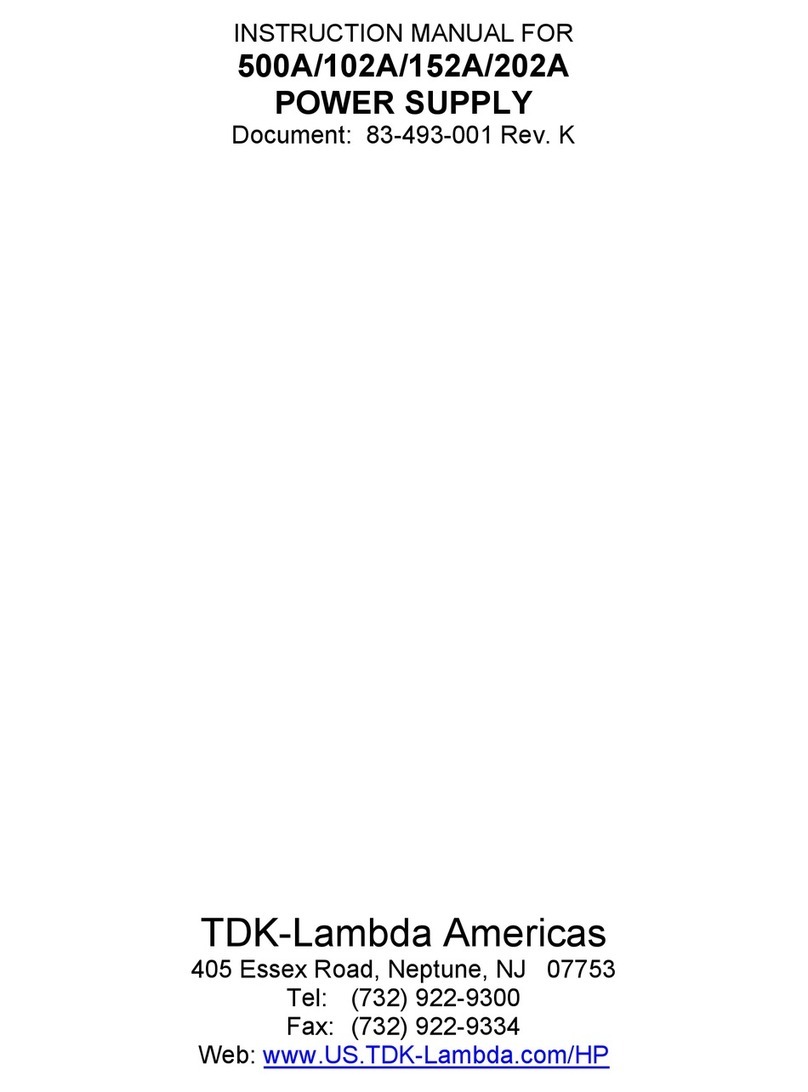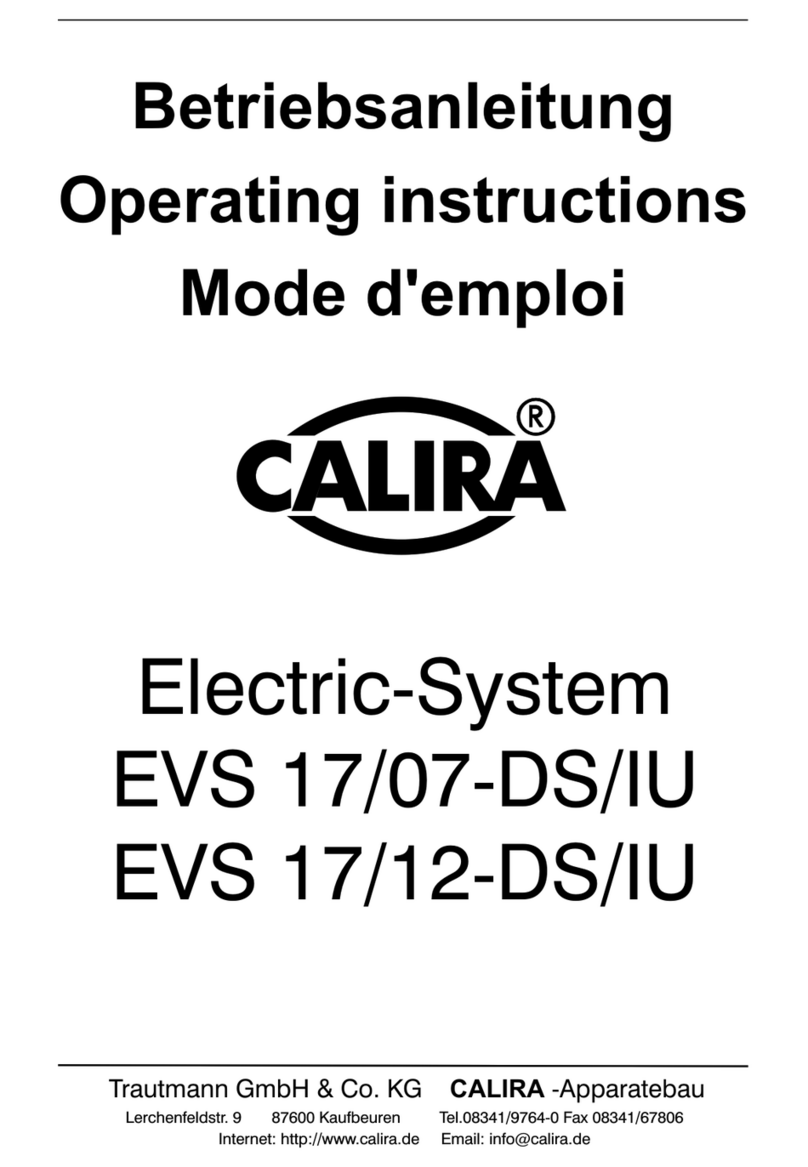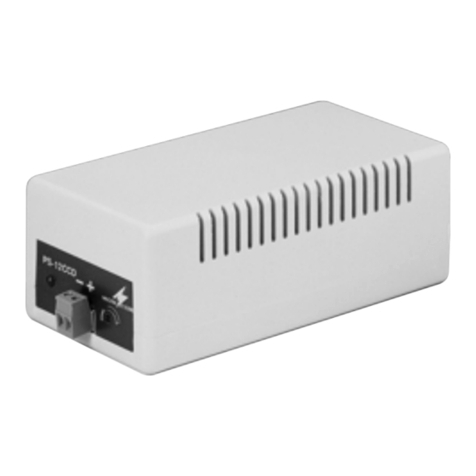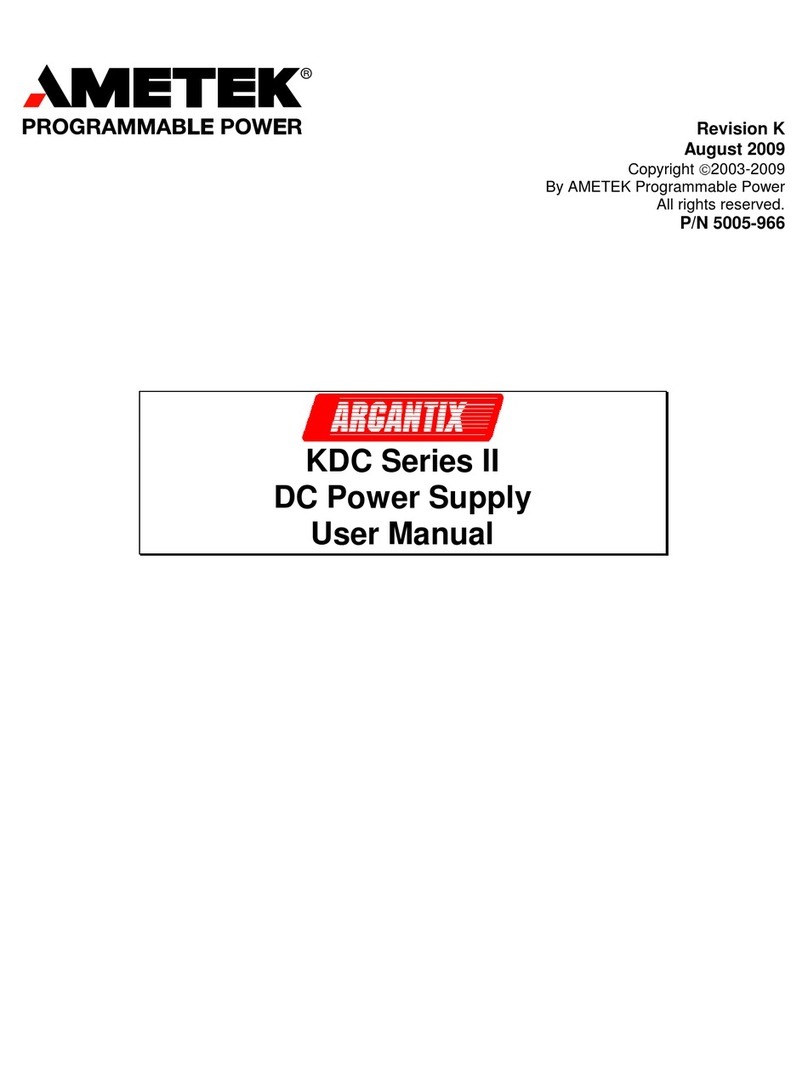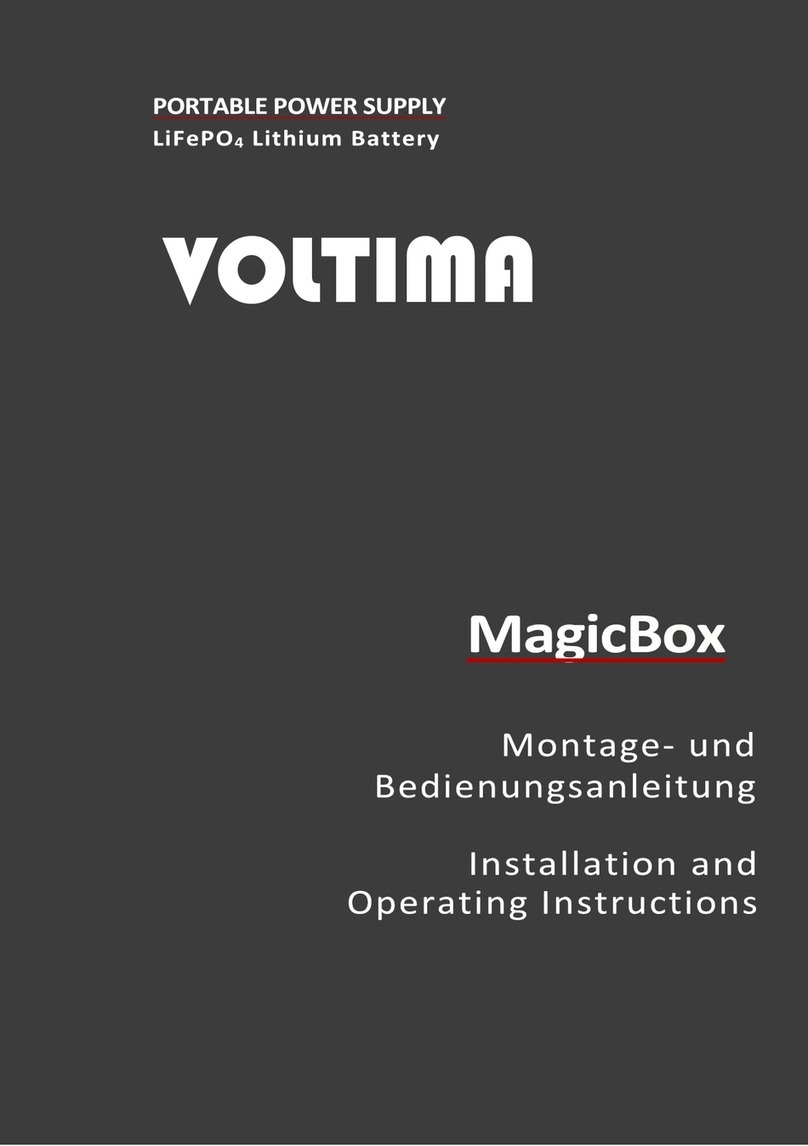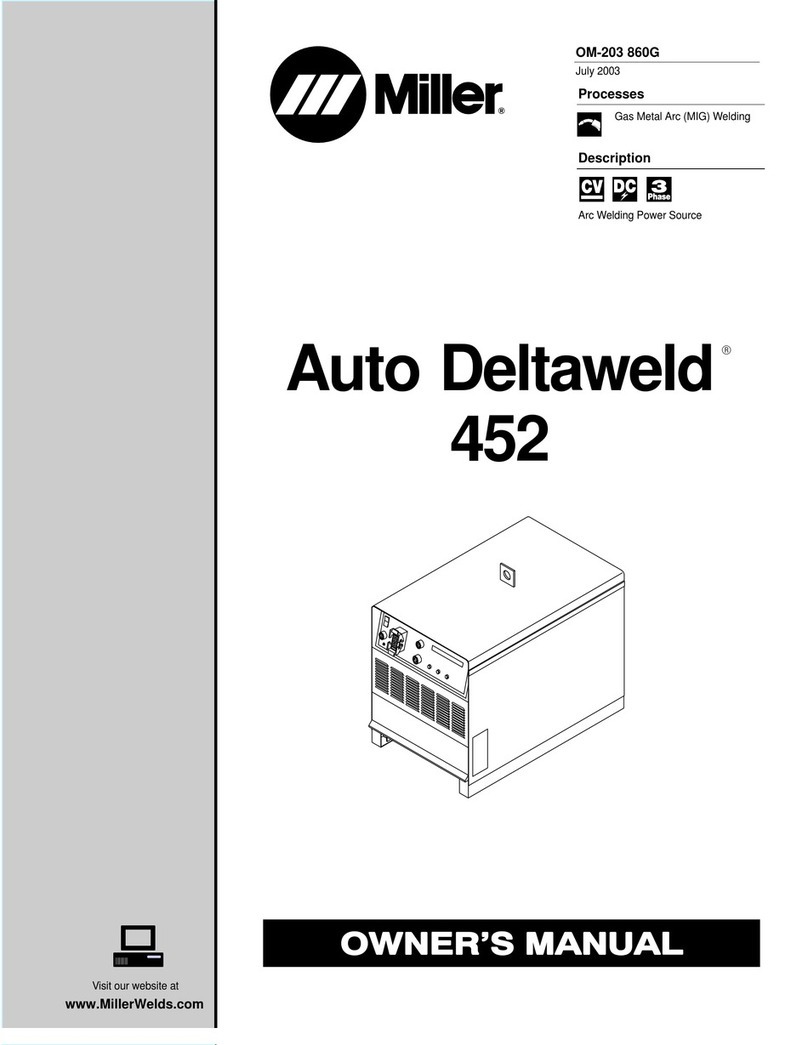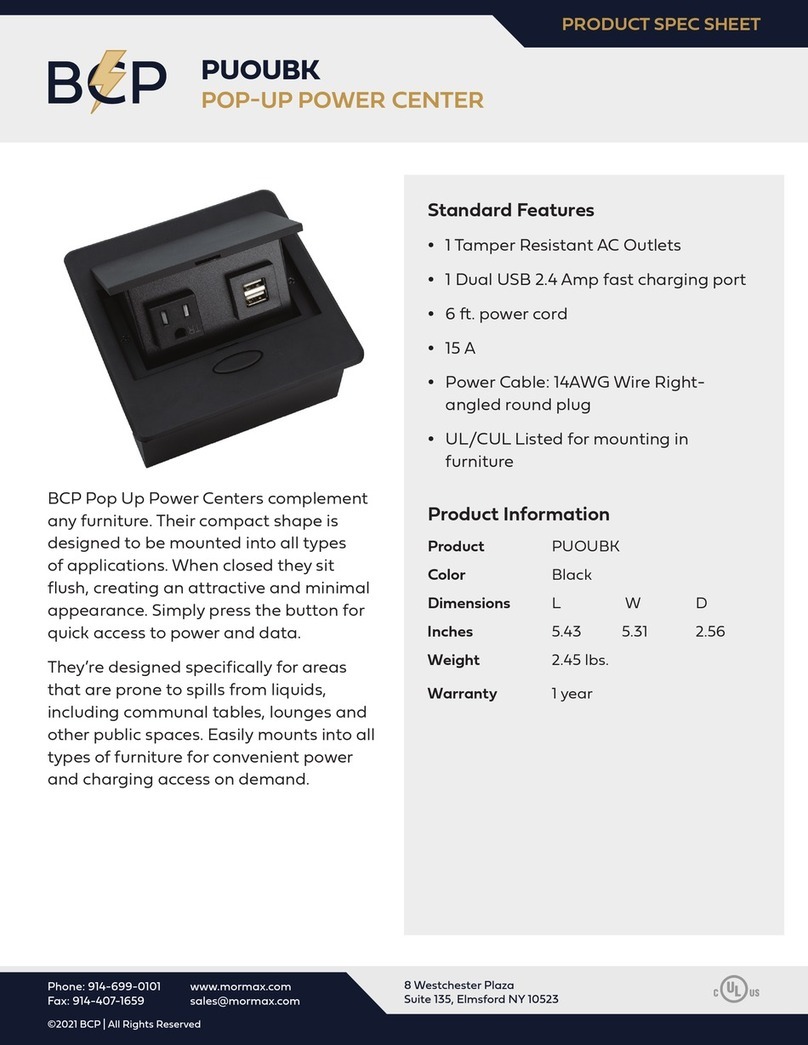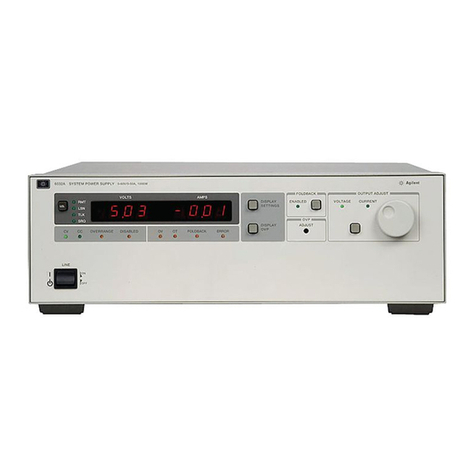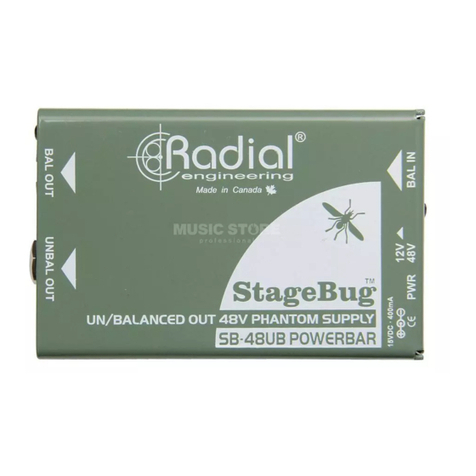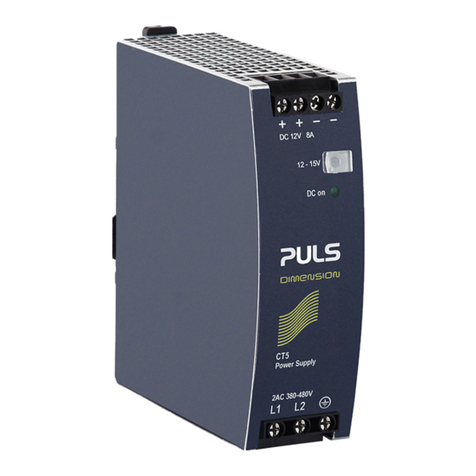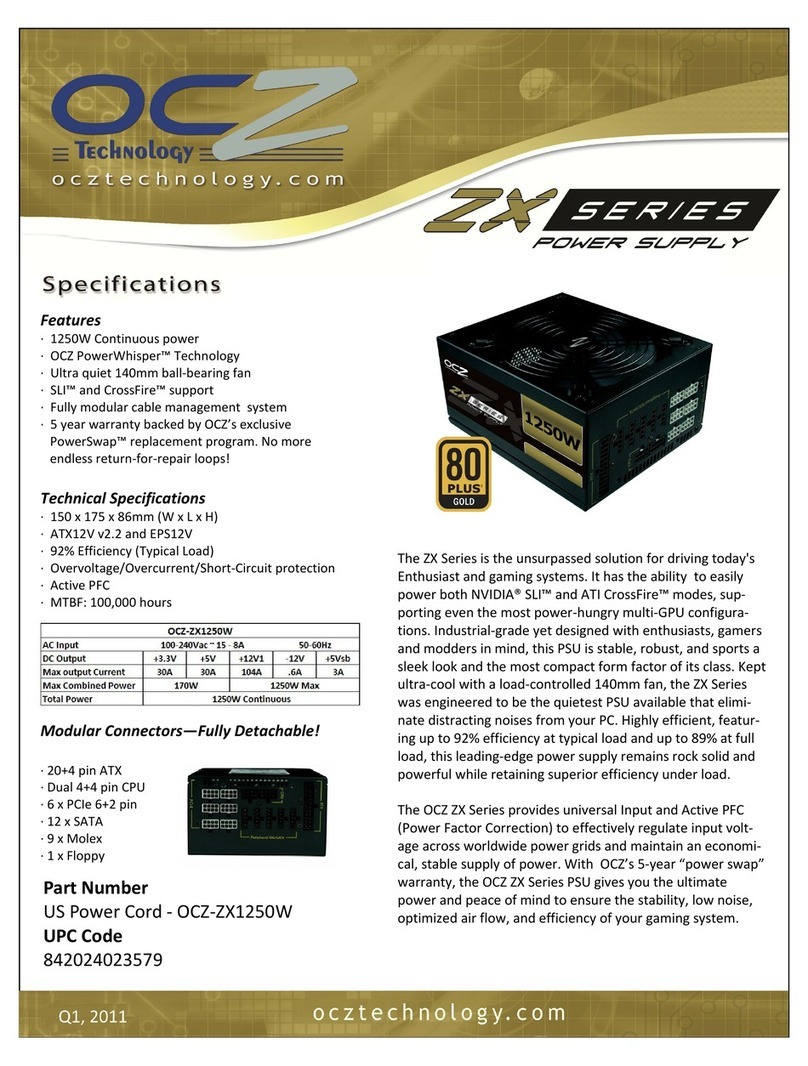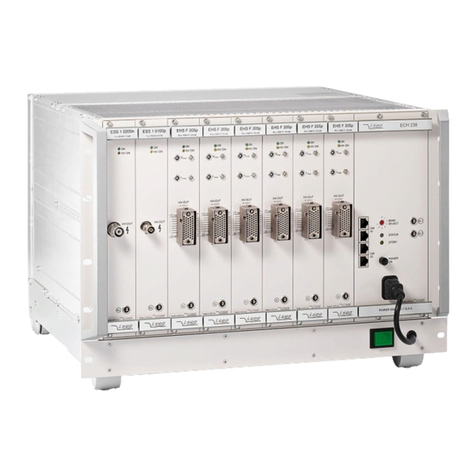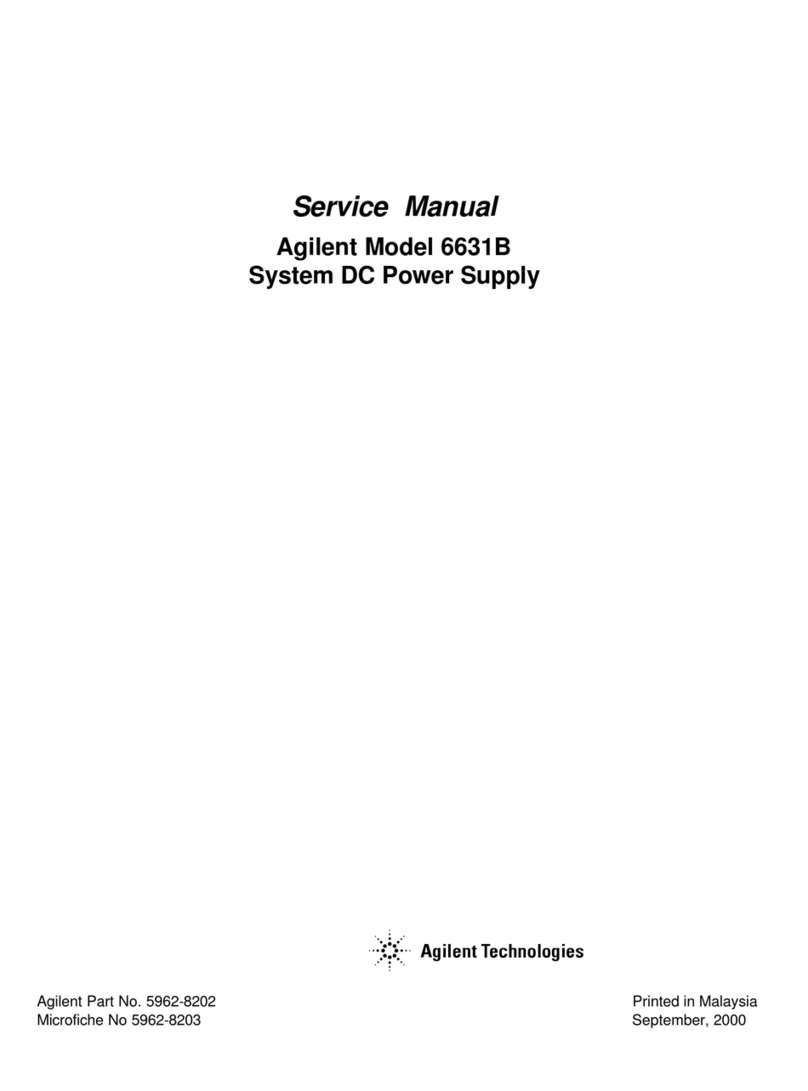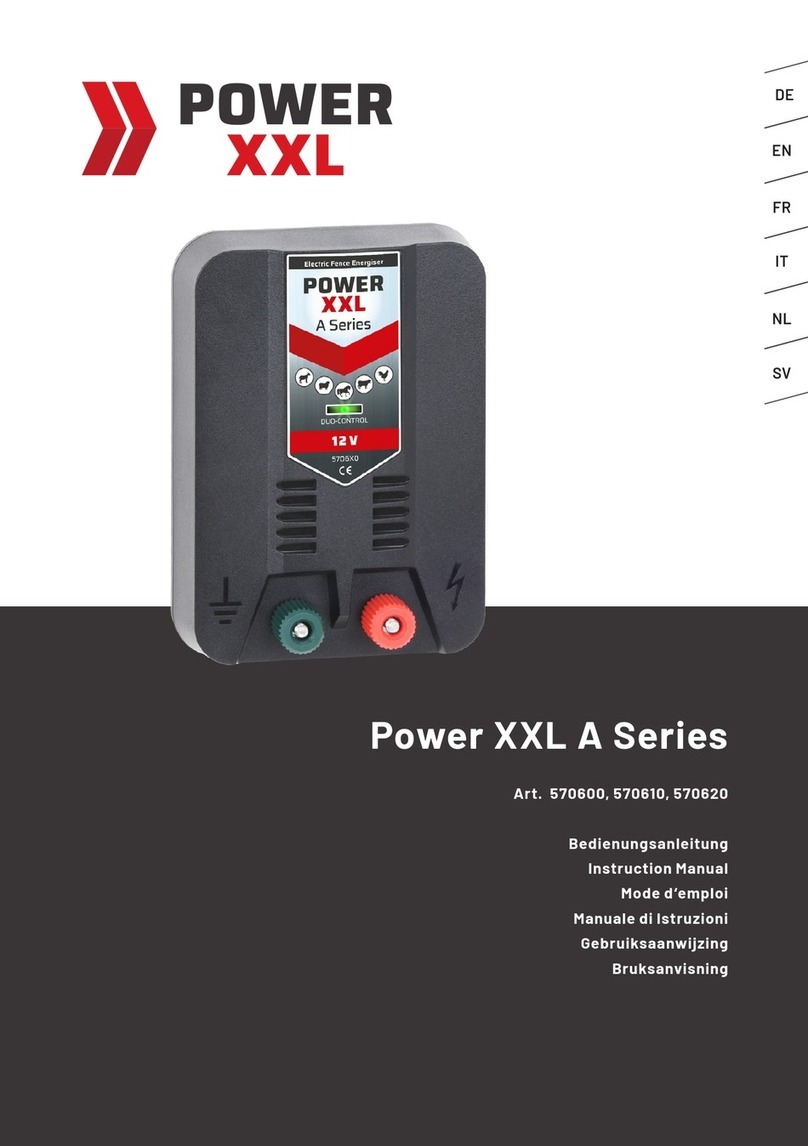
User Manual
List of Figures
Figure 1-1: KDC Series DC Power Supply.............................................................................................................1
Figure 3-1: Location of rear panel connectors .....................................................................................................16
Figure 3-2: DC Output bus bar studs...................................................................................................................17
Figure 3-4: Toroid Installation, -400V input model. ..............................................................................................18
Figure 3-5: Outline Drawing Chassis Dimensions (Shown with safety covers) ....................................................19
Figure 4-1: Front Panel View ...............................................................................................................................21
Figure 4-2: Shuttle Knobs ....................................................................................................................................22
Figure 4-3: Front panel layout..............................................................................................................................23
Figure 4-4: Keypad layout....................................................................................................................................24
Figure 4-5: Display and Shuttle Knobs interaction ...............................................................................................25
Figure 4-6: Sample Transient Output Sequence .................................................................................................52
Figure 4-7: Constant Power Mode Profile............................................................................................................55
Figure 4-8: Remote Sensing Operation at the Load ............................................................................................56
Figure 4-9: Remote On / Off Control by Contact Closure ....................................................................................57
Figure 4-10: Remote On / Off Using Isolated TTL/CMOS Voltage Supply...........................................................57
Figure 5-1: Remote Voltage Programming Using 0-5 or 0-10 VDC Source.........................................................58
Figure 5-2: Remove Voltage Programming Using Resistance.............................................................................60
Figure 5-3: Remote Voltage Programming Using a Current Source ....................................................................60
Figure 5-4: Remote Current Programming Using 0-5 or 0-10 VDC Source .........................................................61
Figure 5-5: Remote Current Programming Using Resistance..............................................................................62
Figure 5-6: Remote Current Programming Using a Current Source ....................................................................62
Figure 5-7: Parallel Cable Interconnect Accessory..............................................................................................64
Figure 5-8: Auto-Parallel Operation – 2 KDC units ..............................................................................................67
Figure 5-9: Auto-Parallel Operation – 3 KDC units ..............................................................................................68
Figure 5-10: Auto-Series Operation.....................................................................................................................69
Figure 5-11: Auto Tracking Operation .................................................................................................................70
Figure 6-1: DC Power Supply Block Diagram ......................................................................................................73
Figure 6-2: DC Power Supply Block Diagram with -IF option...............................................................................74
Figure 6-3: KDC with -IF option, Simplified Block Diagram..................................................................................75
Figure 6-4: DC Module Block Diagram ................................................................................................................77
Figure 7-1: Test Equipment Hookup for Routine Output and Measurement Calibration ......................................83
Figure 8-1: Assembly Location ............................................................................................................................94
Figure 8-2: Replaceable Fuse Locations ...........................................................................................................102
Figure 9-1: KDCGUI Main screen......................................................................................................................103
Figure 9-2: Rear Panel View..............................................................................................................................106
Figure 11-1: OPTIONS screen ..........................................................................................................................110
Figure 11-2: Available options ...........................................................................................................................110
Figure 11-3: APPLICATIONS Screen................................................................................................................113
Figure 11-4: MIL704 Menu ................................................................................................................................113
Figure 11-5: MIL704 DC Menu - 1 of 3 ..............................................................................................................114
Figure 11-6: MIL704 DC Menu - 2 of 3 ..............................................................................................................114
Figure 11-7: MIL704 DC Menu - 3 of 3 ..............................................................................................................114
Figure 11-8: Steady State DC............................................................................................................................114
Figure 11-9: Transient Menu .............................................................................................................................115
Figure 11-10: Abnormal Test Screen.................................................................................................................116
Figure 11-11: Emergency Test ..........................................................................................................................117
KDC Series II DC Power Supplies vii
